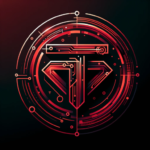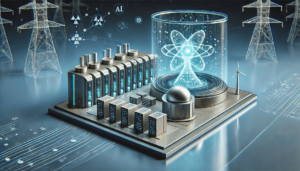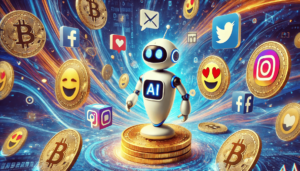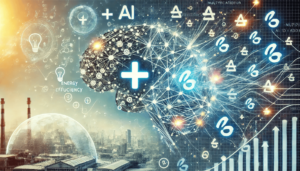The Dawn of a New Creative Era: Sora’s Impact on Art and Beyond
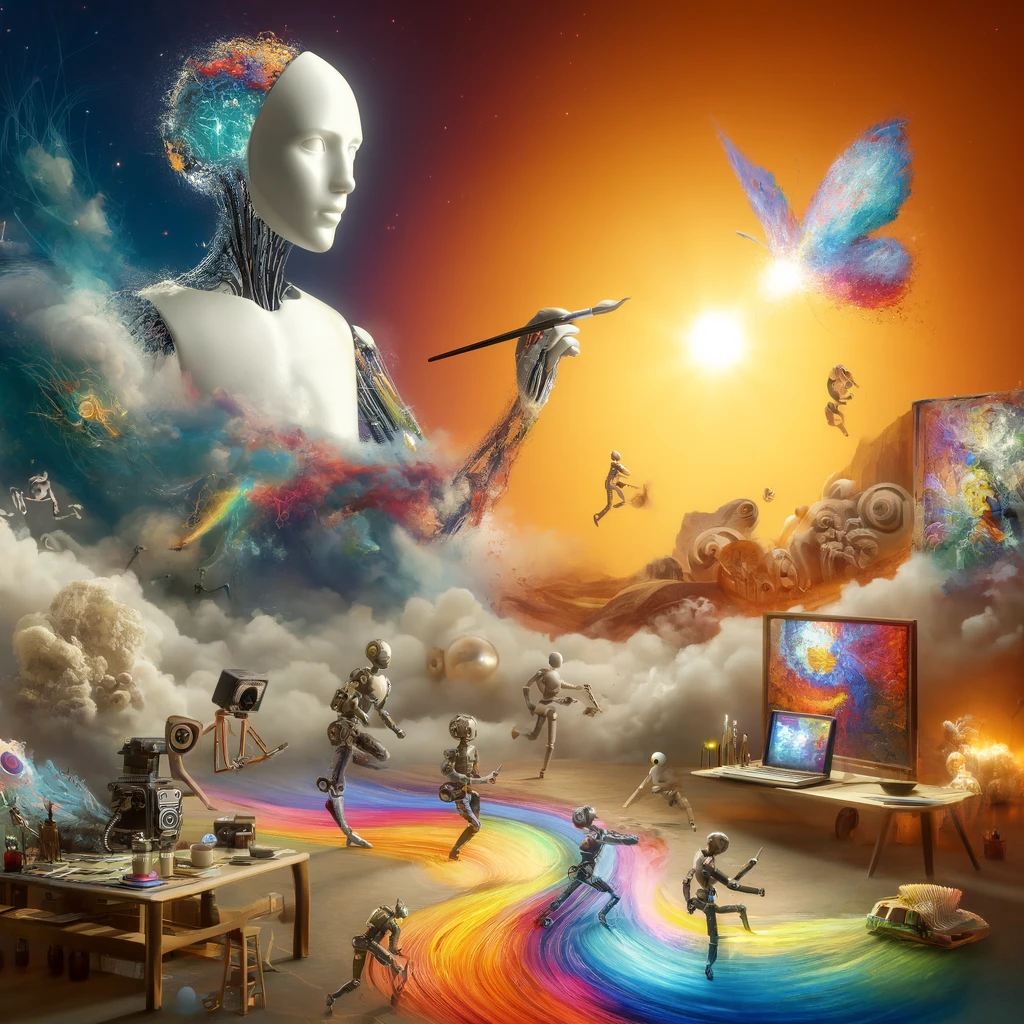
This digital illustration captures the seamless integration of artificial intelligence and traditional art forms, heralding the dawn of a new creative era with Sora.
The Dawn of a New Creative Era: Sora’s Impact on Art and Beyond
- How is Sora transforming the creative process for artists and filmmakers?
- What are the unique possibilities and artistic expressions enabled by integrating AI like Sora into the creative workflow?
- How does Sora challenge traditional boundaries and limitations in art and creativity?
In the ever-evolving landscape of technology and creativity, a groundbreaking development has emerged from OpenAI’s laboratories: Sora. This innovative artificial intelligence model is not just changing the game; it’s rewriting the rules of creative expression, as highlighted in OpenAI’s recent blog post about Sora’s first impressions. From filmmakers to visual artists and beyond, Sora is being embraced as a tool that pushes the boundaries of the imaginable, transforming impossible ideas into tangible realities.
In a recent revelation by OpenAI, the unveiling of Sora represents not just a leap in artificial intelligence technology but a paradigm shift in the creative process itself. As detailed on OpenAI’s blog, Sora emerges as a beacon of innovation, embodying the convergence of AI and creativity. This groundbreaking tool promises to redefine the landscape of digital creativity, offering artists and creators an unparalleled ability to materialize their most abstract ideas.
Sora’s introduction is set against the backdrop of an ongoing dialogue about the integration of AI in the arts, a conversation that we’ve previously explored The Dawn of Sora. This AI marvel opens new avenues for visual artists, filmmakers, and designers, providing them with the capability to bring to life the unimaginable – from the eerily realistic to the wonderfully surreal.
The Surreal Becomes Real with “Air Head”
Among the pioneering projects utilizing Sora, “Air Head” by shy kids stands out as a beacon of AI’s potential in the arts. This short film about a man with a balloon head brings to life an utterly surreal concept, showcasing the power of Sora to not only replicate reality but to craft the wholly unimaginable. Shy kids, a Toronto-based multimedia production company, leveraged Sora to transcend traditional storytelling limits, heralding a new era of abstract expressionism that challenges and captivates.
Disrupting the Creative Process
Sora’s influence stretches far beyond individual projects. It represents a seismic shift in the creative process, democratizing access to high-quality production and enabling artists to experiment without the constraints of budget, time, or physical limitations. As Paul Trillo, an acclaimed director and multi-disciplinary artist, states, working with Sora feels like being “unchained” as a filmmaker, free to explore bold and uncharted territories of creativity. This sentiment is echoed across the creative industry, from filmmakers to digital artists, who see Sora as a key to unlocking new dimensions of storytelling and visual artistry.
Implications for Creative Professions
The advent of Sora and similar AI technologies raises profound questions about the future of creative professions. While Sora empowers artists to bring their most ambitious visions to life, it also signals a shift towards a landscape where the role of the artist merges with that of the technologist. This convergence challenges traditional notions of artistry and requires a reevaluation of skills and roles within the creative sectors. As creatives increasingly rely on AI to realize their visions, the ability to seamlessly integrate technology into the creative process becomes indispensable.
Navigating the AI Regulation Maze
The transformative power of AI like Sora also underscores the urgent need for thoughtful regulation and ethical considerations. As we embrace the vast potentials of AI in creativity, questions about copyright, ownership, and the ethical use of AI-generated content come to the forefront. Engaging in a dialogue about AI regulation is crucial to ensuring that this technological revolution benefits all, fostering an environment where innovation flourishes while respecting the rights and contributions of human creators. For further discussion on the implications of AI and the necessity for regulatory frameworks, please refer to my previous series of articles on AI regulation.
A Future Unbound by Imagination
The dawn of AI-driven creativity, heralded by technologies like Sora, invites us to imagine a future where the lines between the real and the surreal blur. Projects like “Air Head” by shy kids exemplify the extraordinary potential of AI to revolutionize artistic expression, making the once-impossible a reality. As we venture into this new era, the collaborative synergy between human creativity and artificial intelligence promises not just a transformation in how art is made but in how we conceive of art itself. In this future, our creative horizons are limited only by the breadth of our imagination.
